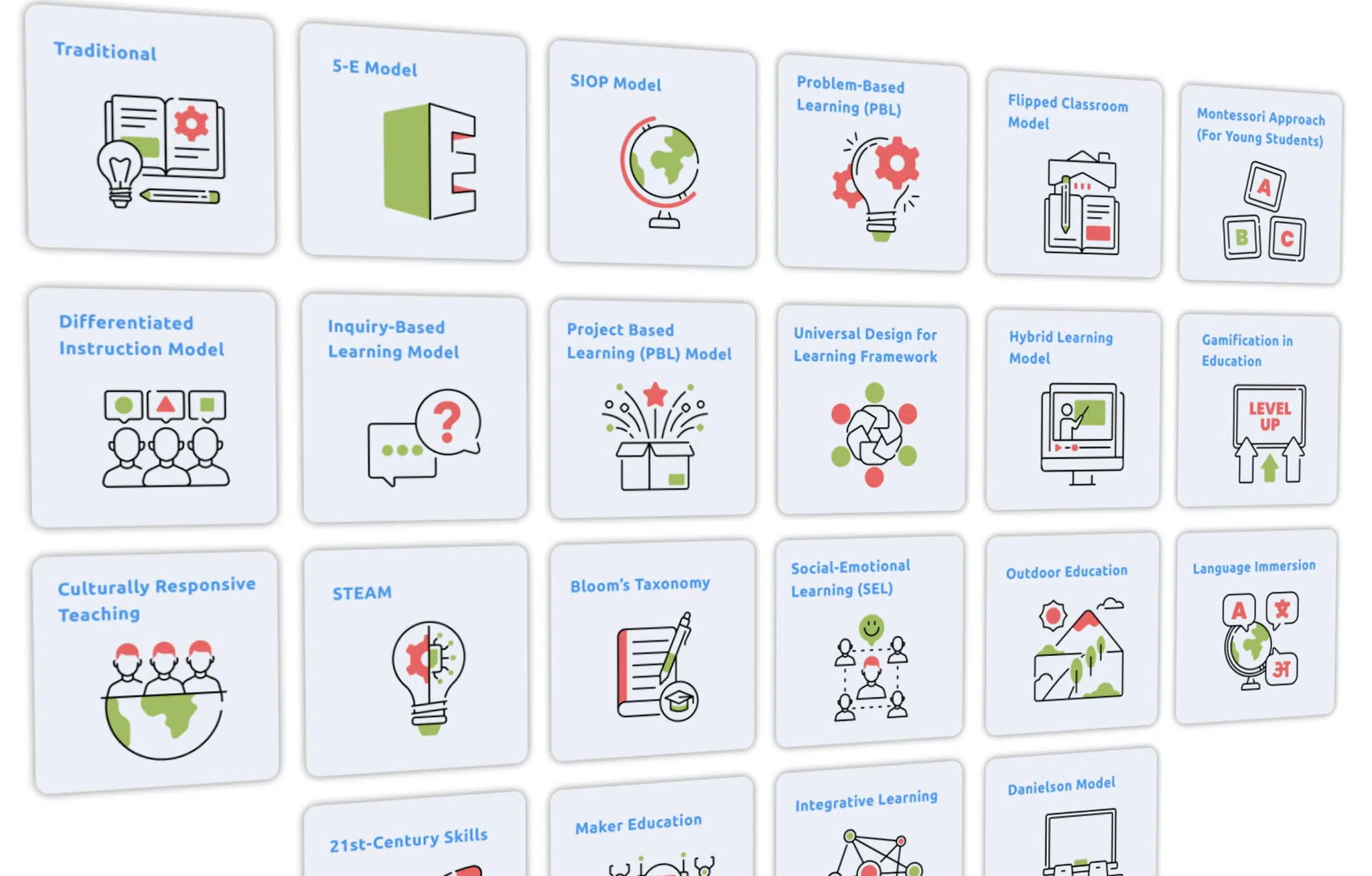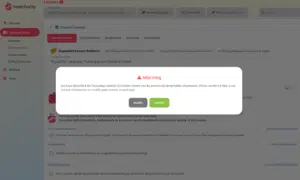Lesson structures have significantly evolved, becoming essential in effective teaching by offering systematic approaches to planning and delivering content. Rooted in educational theory and practice, these structures enhance teaching and learning outcomes. The 5-E Model, the Sheltered Instruction Observation Protocol (SIOP) Model, and the Universal Design for Learning (UDL) framework exemplify this evolution. Teachally leverages these models to help educators create engaging, standards-aligned lessons effortlessly.
The 5-Es
The 5-E Model, developed by the Biological Sciences Curriculum Study in the late 1980s, emphasizes active learning through five phases: Engage, Explore, Explain, Elaborate, and Evaluate. This model, influenced by Piaget and Vygotsky, encourages students to construct understanding through hands-on and inquiry-based activities. For example, in a science lesson on ecosystems, students might create mini-ecosystems and explore the impact of removing a species, followed by discussions and applications to different ecosystems. Teachally integrates the 5-E Model, offering tools to generate activities, prompts, and assessments, simplifying the lesson planning process.
SIOP Model
The SIOP Model, designed in the 1990s by Jana Echevarria, MaryEllen Vogt, and Deborah J. Short, meets the needs of English Language Learners (ELLs) by integrating language development with content instruction. It includes eight components: Lesson Preparation, Building Background, Comprehensible Input, Strategies, Interaction, Practice/Application, Lesson Delivery, and Review/Assessment. For instance, in a history lesson on the American Revolution, teachers might define objectives, use simplified language and visual aids, and employ interactive activities. Teachally supports the SIOP Model by enabling the design of lessons that incorporate all eight components, with features like translation tools and multilingual support.
UDL Framework
The UDL framework, created by David Rose and Anne Meyer at the Center for Applied Special Technology in the 1990s, promotes flexible learning environments that accommodate diverse learners. UDL is based on providing multiple means of engagement, representation, and action/expression. For example, a math lesson on fractions might use fraction bars, interactive software, and real-life examples. Teachally integrates UDL, offering tools that support these principles, allowing educators to customize lessons to meet individual needs.
By incorporating these models, Teachally empowers educators to create structured, engaging, and inclusive lessons. Its AI-driven tools streamline planning, allowing teachers to focus on delivering high-quality education tailored to their students’ diverse needs.



